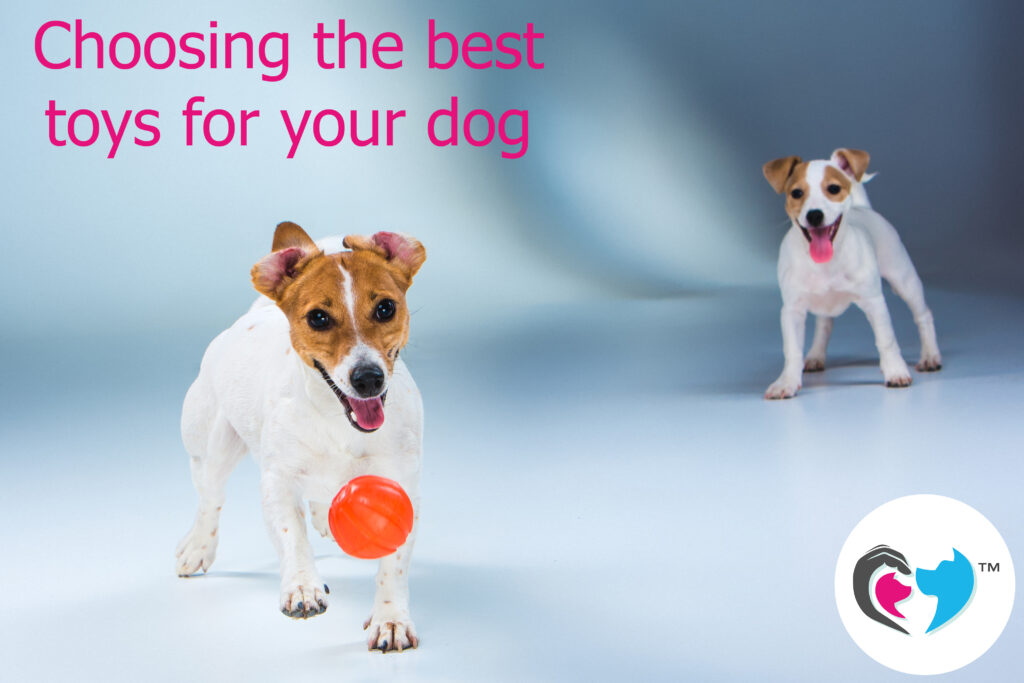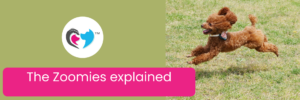Choosing appropriate toys for your dog is essential. It’s important to provide this stimulating source of enjoyment to all ages of dogs, not just to puppies. When choosing toys, consider your dog’s breed and personal preferences, as this can play a significant role in finding the most suitable options that interest your individual dog. Different dogs have varying preferences based on what they find enjoyable, so type of toy influences their response to these items. This article will explore guidelines for selecting the best toys based on different dog preferences, ensuring a satisfying playtime experience for your dog.
Consider type characteristics: Understanding your dog’s characteristics is crucial for choosing toys that pique their interest and energy levels. Here are a few examples:
Retrievers and Sporting Breeds: Retrievable toys (such as balls , dumbbells or ropes) are ideal for these breeds that enjoy chasing after and retrieving objects. Look for durable, long-lasting toys designed for active play, and don’t just leave them lying around all day long. Retrieving is part of the fun! Gundogs tend to be very mouth-orientated dogs, and usually enjoy a good chew toy as well. If you don’t give them something legal to chew, they often will find something themselves, so avoid conflict and just get them chew-safe things to keep in their mouths when the need arises!
Terriers: Terrier breeds often express a strong need to engage in activities that simulate hunting. Digging pits where they can dig deep holes and find buried treasure (small treats or new toys) are usually a hit, as are dog-safe squeaky toys (given under supervision) and toys that they can safely grab and bite. They usually like their toys as noisy as possible!
Herding Breeds: Dogs bred for herding usually enjoy toys that allow them to mimic herding activities. Flirt poles, balls that are thrown may have a strong need for mental stimulation and may benefit from interactive toys that mimic herding tasks. Toys that require them to manipulate objects or solve puzzles can help satisfy their need to work as well.
Some tips about toys:
- Squeaky Toys: Many small or toy breeds enjoy toys with squeakers as they mimic the sound of prey. Keep in mind the durability of the toy to ensure the squeaker remains safely enclosed and only give dog-safe toys under supervision.
- Brain toys: if you’re giving your dog enrichment type puzzle toys, remember not to start off on the most difficult setting. Set your dog up for success – let them have lots of success when they start using puzzle/food dispensing toys, and gradually make the treat harder to get or find. Only have it on expert setting when your dog has levelled up and can handle it!
- Size and Durability: Consider your dog’s size when selecting toys. Smaller breeds may prefer smaller toys they can comfortably carry or play with. For larger breeds, choose appropriately sized toys to avoid a choking hazard. Additionally, opt for durable toys made from high-quality materials, especially for breeds known for their strong jaws or vigorous play styles. If a toy is broken or getting small enough to fit down your dog’s trachea, immediately dispose of it safely. Safety first, always.
- Activity Level: Match your dog’s energy level with toys that accommodate their activity needs. High-energy breeds benefit from toys encouraging active play, such as tug toys or interactive fetch toys. On the other hand, low-energy breeds may prefer chew toys, and yes, some dogs do love their plush toys for cuddling. As long as you are supervising and the toy is intact, large enough and safe, your dog is allowed to have a soft cuddle buddy.
- Supervise and Rotate Toys: Regardless of the breed, always supervise your dog during playtime, especially with new toys. Regularly inspect toys for wear and tear, removing damaged or potentially hazardous items. Rotating toys regularly can help maintain your dog’s interest and prevent boredom.
- Personal Preferences: Remember that dogs are individuals, and their preferences may not always align with other dogs of the same breed. Observe your dog’s play style, interests, and reactions to different toys. Some dogs may have specific preferences for squeaky toys, plush toys, or interactive puzzle toys, regardless of breed considerations. Tailor the toy selection to your dog’s individual preferences to ensure maximum enjoyment.
Choosing the best toys for your dog based on their characteristics can significantly enhance their playtime experience. Remember to supervise playtime, ensure toy durability, and rotate toys to keep your dog engaged and entertained. Ultimately, understanding your dog’s unique needs and preferences will help you create a fulfilling and enjoyable playtime routine, strengthening the bond between you and your canine companion.





